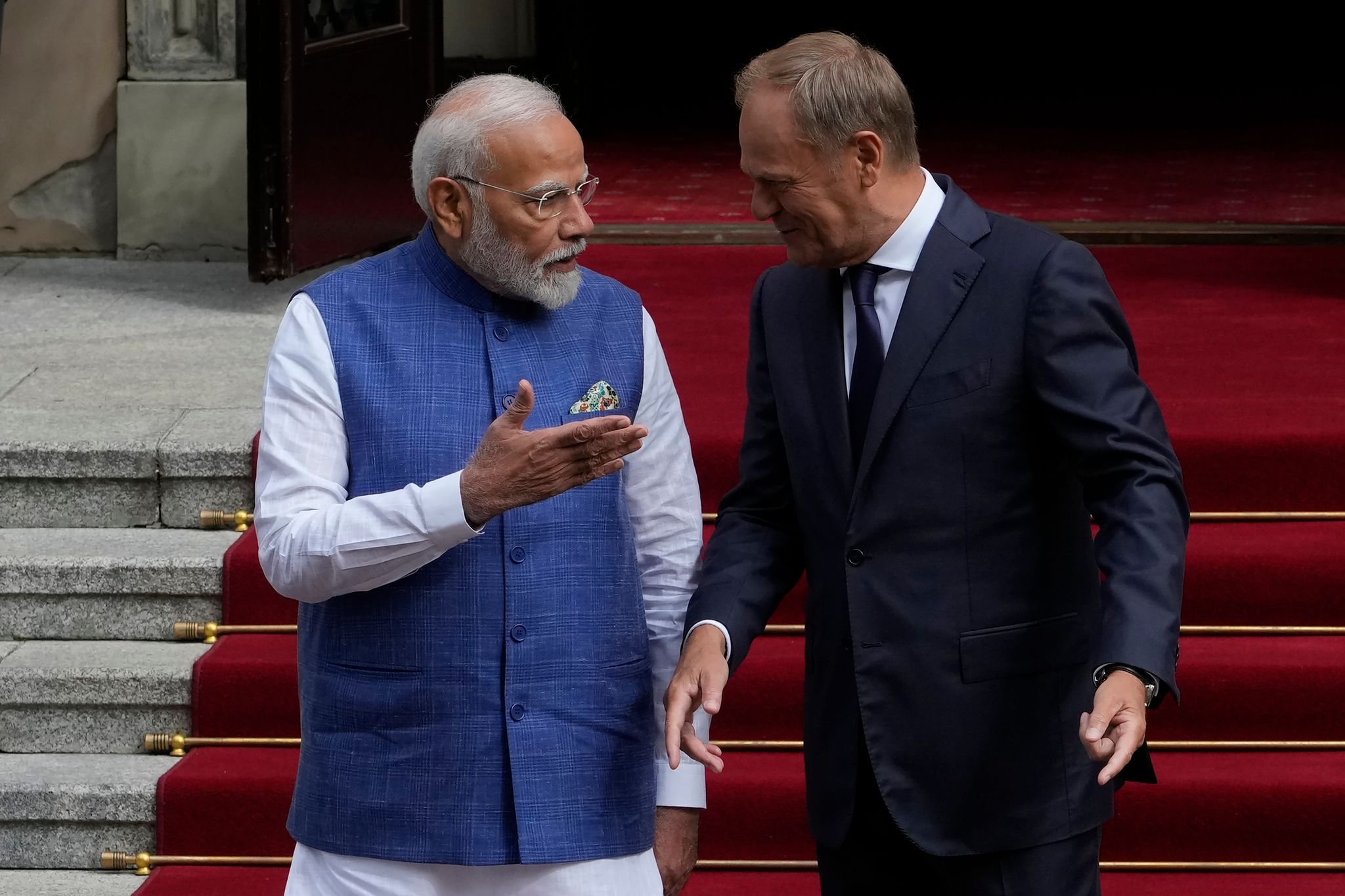BAt the G-20 Summit in New Delhi, the hosts served a vegetarian gala dinner to heads of state and government. Instead of the usual heavy meat dishes at diplomatic dinners, the chefs served up, among other things, millet chips and millet pudding – making Indian Prime Minister Narendra Modi’s favorite grain stand out.
For mains, Olaf Scholz, Joe Biden and other leaders were served small millet chips in addition to a galette of jackfruit with glazed wild mushrooms and Kerala rice with curry leaves. The millet trio was complemented by millet chips with yoghurt balls on the appetizer plate and cardamom millet pudding for dessert.
Modi’s millet plan
The preference for this mainly plant-derived delicacy has serious political and economic underpinnings: millet cultivation, a tradition for thousands of years in India, has been pushed back since the 1960s at the expense of high-yielding varieties of wheat and rice. Since then, millet has long been considered a staple food of the poor.
Since taking office in 2014, the Hindu nationalist Modi has tried to significantly expand millet cultivation. The advantages of traditional gluten-free grains are obvious, especially in light of climate change: Millet grows twice as fast as wheat and requires only 30 percent more water than rice.
India’s millet plans appear to be on the right track: by 2021, the value of millet exported from India alone increases to the equivalent of nearly 60 million euros – a significant increase compared to previous years.

“Subtly charming web junkie. Unapologetic bacon lover. Introvert. Typical foodaholic. Twitter specialist. Professional travel fanatic.”







